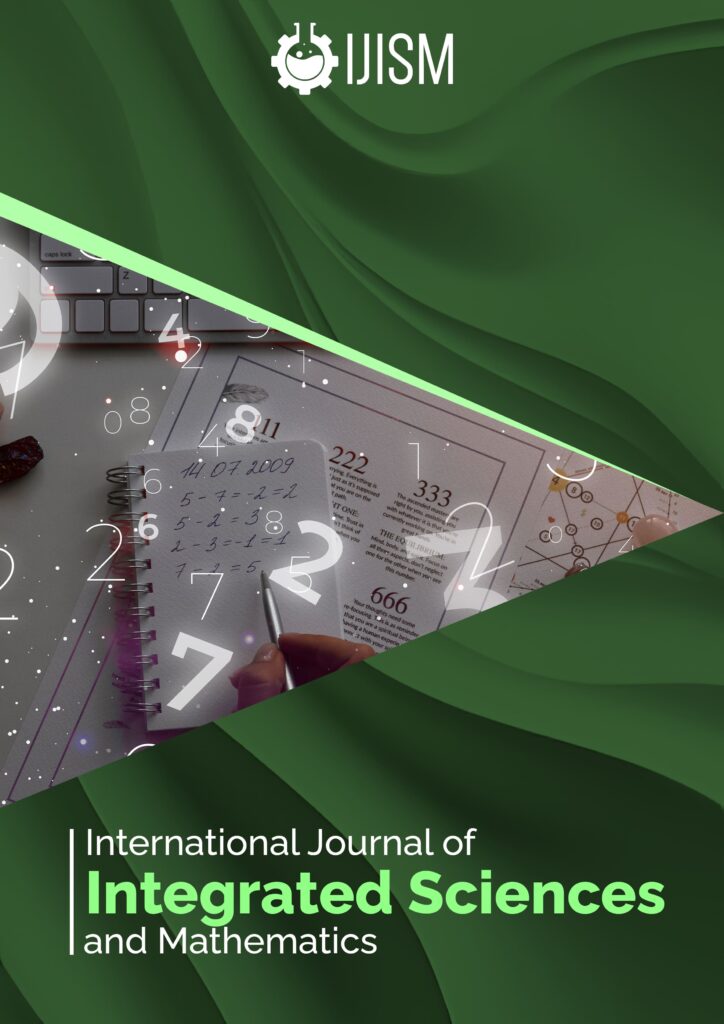Predictive Modeling of Microplastic Dispersion in Aquatic Ecosystems Using Differential Equations and Environmental Data Analytics

-
Published On:
07th December 2024
Citation: Pratik Yadav (2024). Predictive Modeling of Microplastic Dispersion in Aquatic Ecosystems Using Differential Equations and Environmental
Data Analytics, Internation Journal of Integrated Sciences and Mathematics, 1(1), 034-039
Author
Pratik Yadav
Motherhood University, Gurugram, Haryana, India
Motherhood University, Gurugram, Haryana, India
Abstract
Microplastics are giving pollution to aquatic ecosystems, threatening ecological and public health considerations because they are persistent and able to bioaccumulate. The paper presents a predictive model approach to simulate microplastic dispersion by using a system of differential equations, along with employing real environmental data sets. The model employs a two-dimensional advection-diffusion approach to quantify microplastic transport in any selected water system, considering variables such as flow velocity, temperature, and concentration gradients. Environmental data collected from public data repositories are integrated by using Python and QGIS for geospatial mapping and simulation. Model calibration and sensitivity analysis ensure that hydrodynamics pose a major influence on microplastic distribution. High validation results were obtained when comparing to field-observed data; significant accretion zones were traced near low-flow areas and urban discharge points. This interdisciplinary approach demonstrates the value of mathematical modeling in environmental science, providing a scalable and adaptable framework for microplastic pollution prediction. The results can inform policy and support mitigation strategies, emphasizing the role of integrated science and data analytics in addressing global environmental challenges.
Copyright Information
This work is licensed under a Creative Commons Attribution 4.0 International License.
Authors retain copyright and grant the journal right of first publication with the work simultaneously licensed under a Creative Commons Attribution 4.0 International License that allows others to share the work with an acknowledgment of the work’s authorship and initial publication in this journal.
This has been implemented from July 2024 onwards

